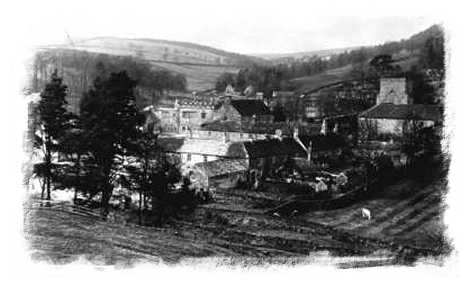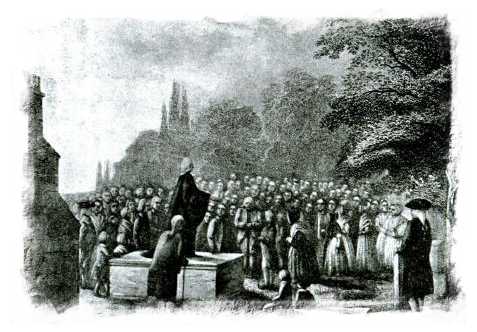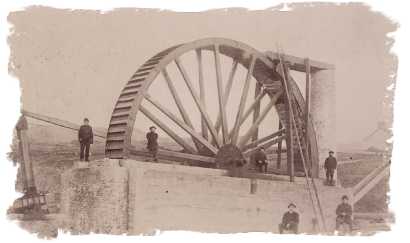Blanchland is a village on the Northumberland/County Durham border which grew out of the foundation of an abbey in 1165. It was bought by the Bishop of Durham, Nathaniel Lord Crewe in 1708, and on his death in 1721 Blanchland became part of a charitable trust established by his will. Today Blanchland is reputed to be one of the prettiest villages in England, and is a popular destination for visitors from all over the world.
Blanchland is actually in Northumberland, but two of the roads leading out of the village take you almost immediately into County Durham. It’s about 25 miles south-west of Newcastle-upon-Tyne and the same distance west of Durham City. The nearest major road is the A68, seven miles to the east of the village.
Here’s a map.
Blanchland is situated within the North Pennines National Landscape .
Blanchland Chimneys by Neil Aiston
For further information…
The sign of the Lord Crewe Arms by Colin Smith
Other useful sites:
The North of England Lead Mining Museum
The North Pennines Heritage Trust









